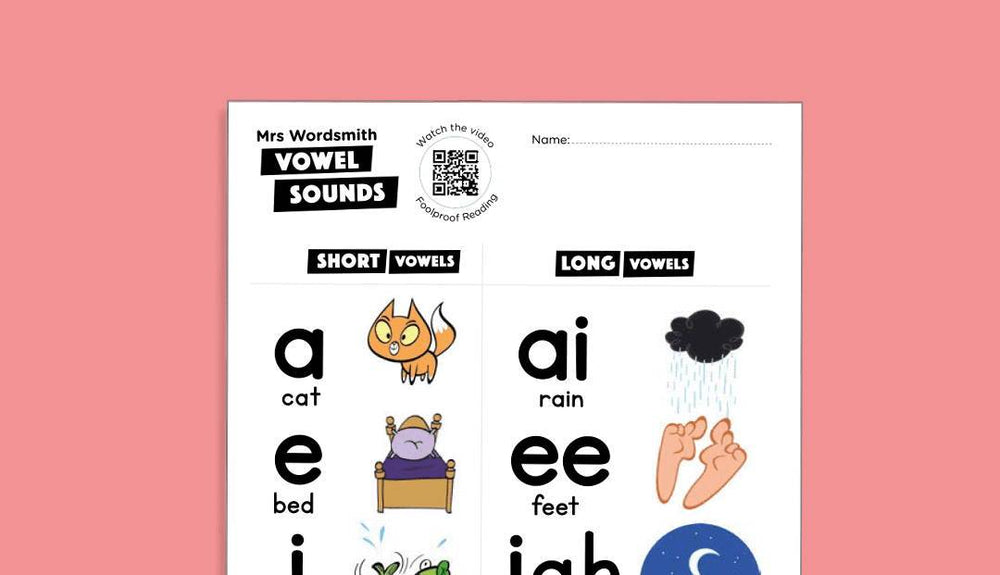What are r-controlled vowels?
An r-controlled vowel is simply a vowel that is followed by an r, like the ar in smart, the ir in girl. The r affects the sound that the vowel makes, turning it into a new sound unlike the long or short version of that same vowel.
Why are r-controlled vowels important?
R-controlled vowels appear in so many words in the English language that it’s hard to even form a sentence without at least one. In fact, 10% of single syllable words contain an r-controlled vowel. This means that many of the short, easy to spell and say words that children learn first are r-controlled, so it is extremely important that they understand how an r-controlled vowel changes the sound and pronunciation of words.
Tips for teaching r-controlled vowels:
- One of the most useful methods to help children understand how adding r changes a vowel sound is to ask them to compare words with and without r-controlled versions of the same vowels. For example, starting with one syllable words, ask children to pronounce words without r, like can, cat, had, tad, and then ask them to pronounce similar words with r, like car, hard, tar. Then ask them if they notice the difference.
- As usual, make sure to follow a systematic approach going from the most to the least common r-controlled vowel. So start with /ar/ (car), followed by /er/, which can be represented with three different graphemes er (monster), ir (bird), or ur (surf). Then move to /or/, which can be spelled as or (fork) or ore (adore).
- Illustrated charts that show the most common r-controlled vowels can help children remember them better. Try our chart with r-controlled vowels below!



































 https://mrswordsmith.com
https://mrswordsmith.com
Comment
Leave a comment